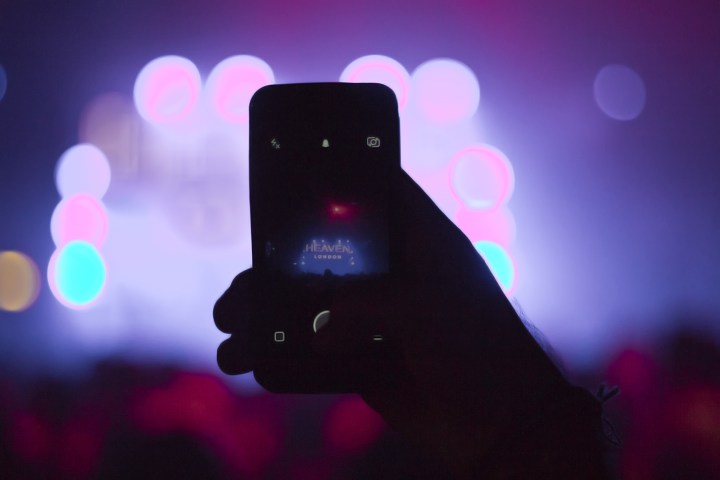
While many consumers don’t look past the number of megapixels, at a certain point, more megapixels on a small sensor actually degrades the image quality, adding grain to the images. OmniVision’s latest 1.55-micron, 12-megapixel sensor has a 1/2.3-inch surface area, but thanks to the stacked design, it can fit into a space that’s just 10 by 10 mm, making it ideal for high-end smartphones. The company says the sensor offers improved light sensitivity, as well as a faster 12-bit readout. The company’s earlier version offered 16 megapixels and is used in smartphones like the Lenovo Moto G Plus.
“As cameras for premium smartphones continue to improve, we see the resolution race slowing down and increasing emphasis placed on pixel performance and image sensor size as key to ever-higher quality mobile images and video,” OmniVision senior technical marketing manager, James Liu, said in a press release. “The OV12890 is our newest big-pixel stacked die image sensor for the mobile market, and represents one of our strongest offerings for premium smartphones. The feature-rich OV12890 captures exceptional images and video in a compact package, making it a top-flight imaging solution for flagship mobile devices.”
While 4K is becoming increasingly common, most smartphones and even dedicated cameras with the feature can only reach 30 fps. But the faster readout architecture on the OV12890 makes the 60-fps frame rate possible – users don’t have to choose between the higher resolution or the faster frame rate normally only available with regular HD.
That speed also allows the sensor to capture stills as quick as 45 fps, plus achieve a 240 fps in 1080p – useful for creating slow motion videos.
The sensor isn’t expected to be enter smartphone production until the end of 2016, and no smartphone partner has been announced.




